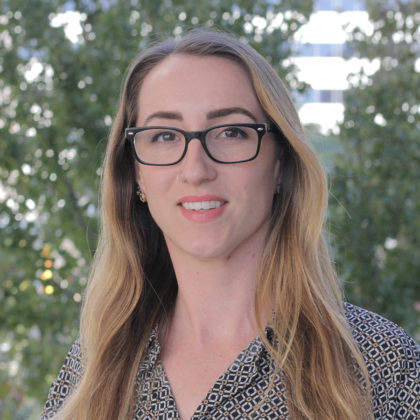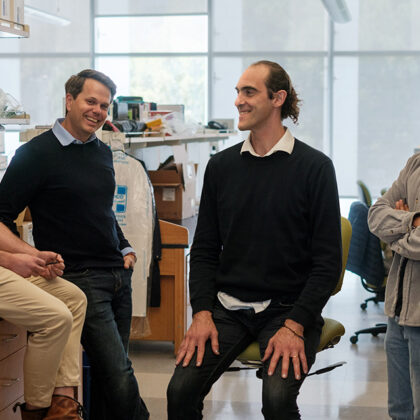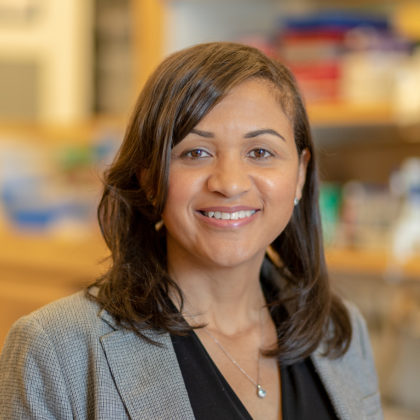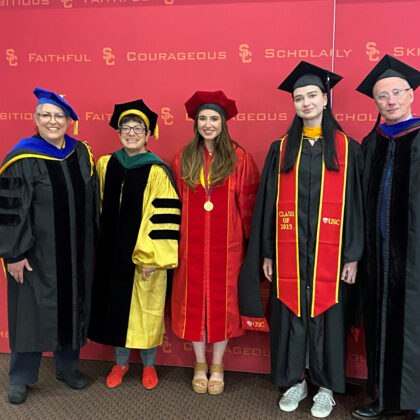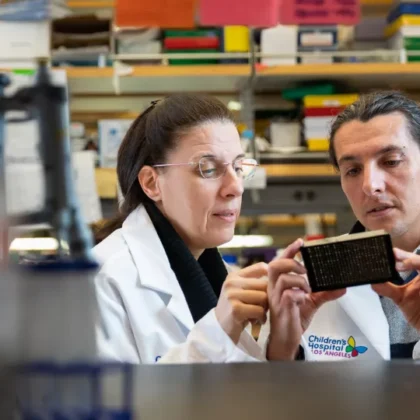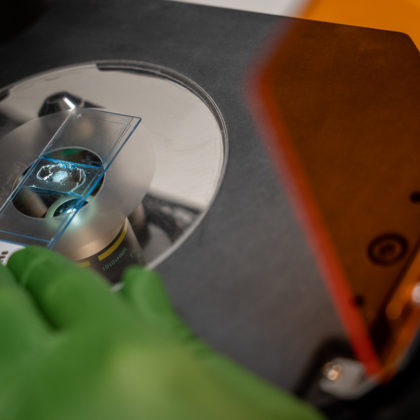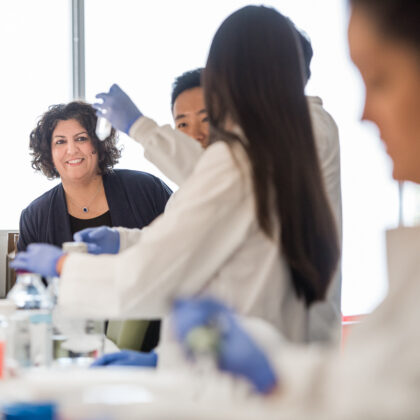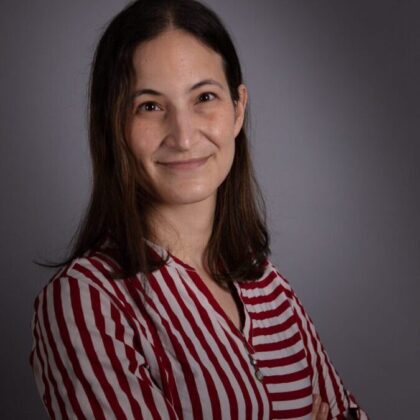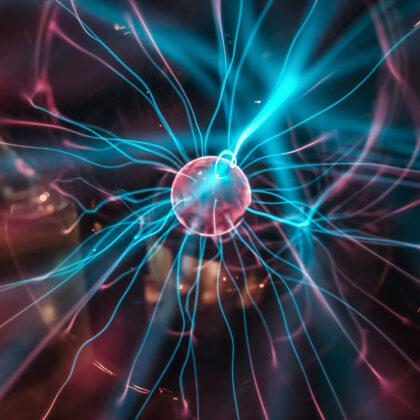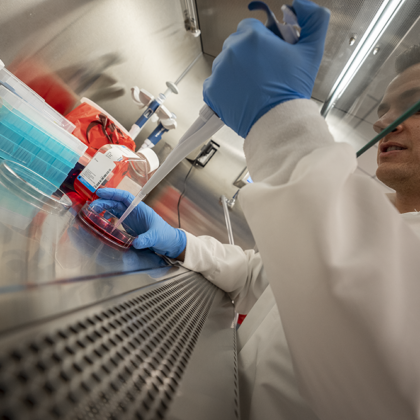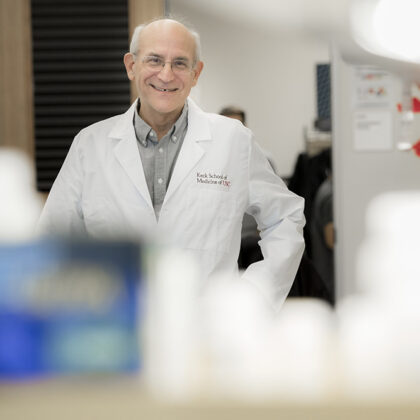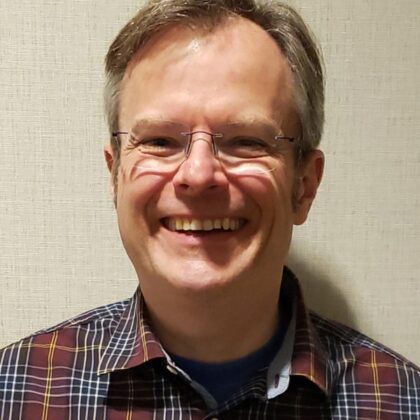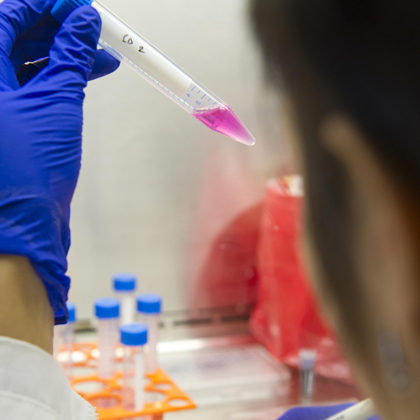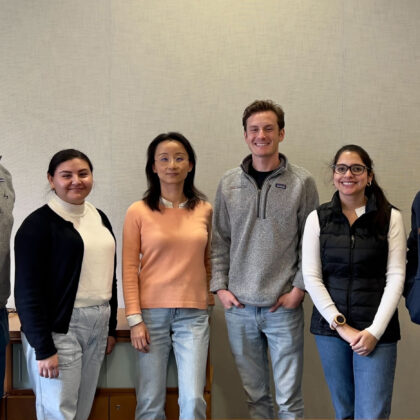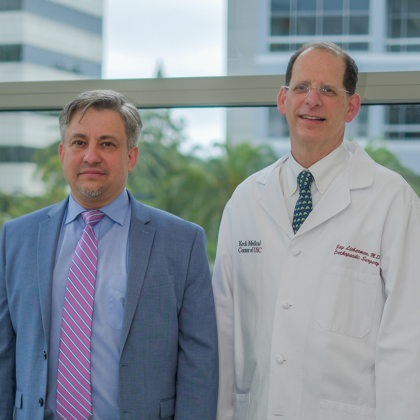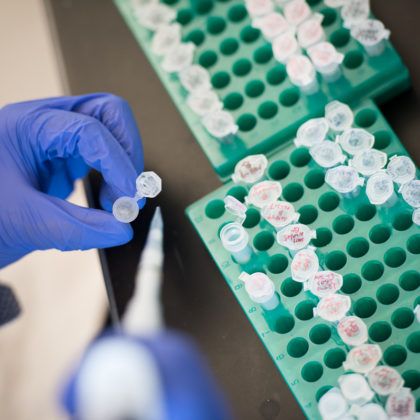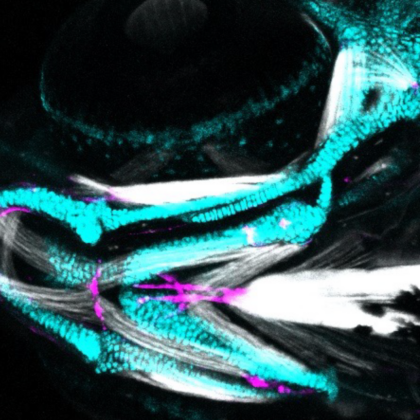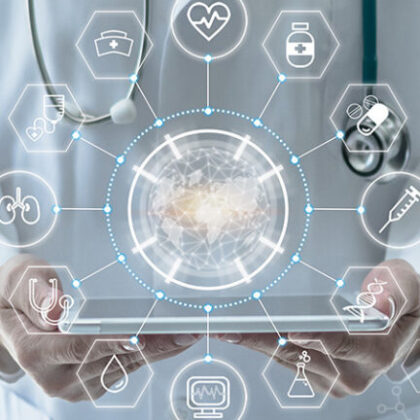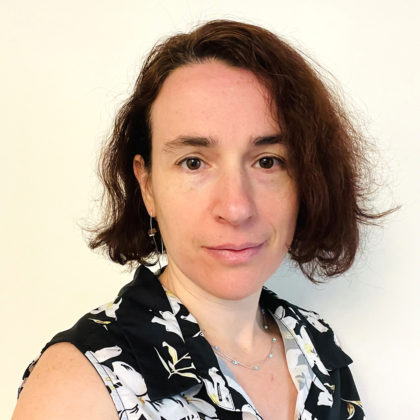USC Stem Cell faculty member Louise Menendez helps students realize their pluri-potential
Louise Menendez, the newest assistant professor in USC’s Department of Stem Cell Biology and Regenerative Medicine, credits her mother as her first role model for career success. Both of Menendez’s parents work …
USC Stem Cell’s journey towards 1,000 mini-kidneys begins with $1 million from KidneyX
To help patients in need of transplants, artificial kidneys would have to function like their natural counterparts, but they wouldn’t necessarily have to look like them. With a new $1 million prize …
Senta Georgia reflects on Title IX and becoming the first Black PhD scientist to earn tenure at the Keck School of Medicine of USC
When USC Stem Cell researcher Senta Georgia was granted tenure on March 10, 2023, she became the first Black PhD scientist to earn this promotion in the history of the Keck School …
The Keck School of Medicine of USC celebrates the graduates of the master’s, doctoral, and nurse anesthesia programs
“I now declare commencement ceremonies for the Keck School of Medicine of the University of Southern California open!” announced Francesca Mariani, associate professor of stem cell biology and regenerative medicine, and integrative …
Study offers new insights into how the most common kidney cancer starts in kids
Researchers at Children’s Hospital Los Angeles found new clues to how disruption of the early process of kidney formation may be linked to the development of Wilms tumor — also known as …
2023 Call for Applications: NIH T32 PhD Fellowships in Developmental Biology, Stem Cells, and Regeneration
All PhD students who are conducting research related to developmental biology, stem cell biology, and/or regenerative medicine are encouraged to apply for a training fellowship. We have one slot available for a …
Stem cell faculty member Francesca Mariani wins USC’s highest honor for outstanding teaching
When Francesca Mariani learned that she would receive USC’s highest honor for outstanding teaching, a 2023 Associates Award for Excellence in Teaching, it took her by surprise. “Sometimes it feels mysterious as …
USC Professor Bérénice Benayoun receives grant to study menopause and ovarian aging
Bérénice Benayoun, assistant professor of gerontology at the USC Leonard Davis School, received a $200,000 grant from the Chan Zuckerberg Initiative (CZI). The funding will support Benayoun’s work in understanding the molecular …
USC researchers probe how nerves impact stem cells
It’s well known that nerves are vital for sensing the world, but researchers are now discovering how they also change the behavior of stem cells, which could have implications for regrowing teeth. …
USC introduces an undergraduate minor in stem cell biology and regenerative medicine
Starting in Fall 2023, USC will offer one of the few undergraduate minors in stem cell biology and regenerative medicine in the U.S. “What we hope to do with the minor is …
Neil Segil Stem Cell Travel Scholarship
A fund has been set up to commemorate our friend and colleague Professor Neil Segil. Recognizing Neil’s passion for science and education, we are delighted to announce that applications are now being …
Joe Hacia receives the Kaiser-Permanente Excellence in Teaching Award
Joe Hacia, an Associate Professor in the Department of Biochemistry and Molecular Medicine, has received the Kaiser-Permanente Excellence in Teaching Award for the Basic Science Years. This is the Keck School of …
2023–2024 Broad Collaborative Challenge Grant for Graduate Students and Postdoctoral Fellows
USC Stem Cell invites applications for the Broad Collaborative Challenge Grant for Graduate Students and Postdoctoral Fellows. The goal of the program is to stimulate new interdisciplinary stem cell research across the USC community, and to provide a means of enhancing student/postdoc creativity and independence. Proposals should be initiated by graduate students and/or postdoctoral fellows. An additional goal of this program is to stimulate future K- or F-series NIH training grant proposals, or other parent lab collaborative grant opportunities.
Why does a leukemic mutation not always lead to leukemia? A new clue from a mouse study at USC
Why do some people with a genetic mutation associated with leukemia remain healthy, while others with the same mutation develop the blood cancer? In a new study published in Blood, scientists from …
Potential relief for osteoarthritis moves to clinical trial after animal studies
A team of researchers at the Keck School of Medicine of USC have found a drug with the potential for curbing painful hyperinflammation from osteoarthritis, according to results of an animal study. …
2023 Request for Proposals: Broad Clinical Research Fellow Program
A gift from The Eli and Edythe Broad Foundation established the Eli and Edythe Broad Clinical Research Fellows at USC. We plan to fund up to 3 positions, and successful applicants will …
2023 Call for Applications: CIRM Clinical Research Fellowship in Stem Cell Biology and Regenerative Medicine
We have a 2-year position available for a clinical trainee who is interested in conducting research related to stem cell biology and/or regenerative medicine in one of the leading labs at USC. …
How to assemble a complete jaw
A USC-led team of scientists has made a drool-worthy discovery about how tendons and salivary glands develop in the jaw. Their results are published in a new study in Developmental Cell. In …
The cancer solution we need: uniting experts from science, engineering and the humanities
Could a virtual cancer center that unites experts throughout the nation in fields as diverse as physics, molecular biology and the humanities be the key to advancing cancer treatments and ultimately a …
For USC Stem Cell scientist Yulia Shwartz, science gives her goosebumps
When USC Stem Cell scientist Yulia Shwartz experiences the thrill of scientific discovery, she often thinks of a line that Charles Darwin wrote in The Voyage of the Beagle: “every traveller must …
